A Bucket List Trip to Santorini
Liz Gindraux
Our family loves to travel - our kids have travelled more in their short lifetimes than I have in my 60+ years but I am doing my best to catch up to them. This past week my husband and I travelled to Greece and spent a week on Santorini. To say it was magical is an understatement - the beauty of this small Greek island is like nothing I have ever seen before. It looks like a place straight out of a fairy tale, with candy-colored houses carved into cliffs, sapphire waters, and chalk-white buildings topped with cobalt-blue domes.
We situated ourselves in beautiful Oia: world-famous for its sunsets, which we watched cycle through a kaleidoscope of colors in their spectacular nightly show.
The food was nothing short of amazing - who doesn’t love Greek food, but Greek food in Greece is out of this world. Fresh fish, red snapper, white grouper, sea bream - caught daily in the waters just outside our door, greek salads made with local juicy red petite tomatoes, crisp cucumbers, sharp onions, olive oil and of course … feta. So many favorites….the famous authentic Greek Salad, also known as the Village Salad, and in Greek: Horiatiki, and Fava, or yellow split peas, have been cultivated in Greece already for the last 3500 years - one of the few crops that can thrive on the island’s unfriendly, volcanic soil - slow cooked till mashed, Fava looks like a bright yellow hummus, which when served with lemon, olive oil, onions and parsley, is called “married”. But perhaps the most surprising of all was the wine…
Greece is one of the oldest wine producing regions in the world and among the 1st wine producing territories in Europe. The earliest evidence of Greek wine has been dated to 6,500 years ago and there is evidence suggesting Greece is home to the second oldest known grape wine remnants discovered in the world and the world’s earliest evidence of crushed grapes.
A visit to Santo Winery in the town of Pyros, is a must if you find yourself on Santorini. The history of this winery is closely tied to the history of this beautiful island. Santo Wines was founded in 1911, as “Santorini Vine & Wine Protection Fund”. Today, it consists of the largest cooperative of the island representing all the cultivators and counting 1,200 active members, Santo Wines operates as a cooperative, bringing the islands farmers together to realise their common economic and cultural needs. Santo Wines is committed to safeguarding the local traditional cultivations, producing highest quality Protected Designation of Origin (PDO) Santorini wines and food products as well as promoting sustainable agriculture development. The traditional cultivations of the farmers-members of the cooperative, guarantee the authenticity and the premium quality of Santo products.
Santorini has developed a special and unique way of vine pruning, known as the Santorini “kouloura”, or “wreath” or “basket”. Santorini is part of a sunken caldera, which is a volcanic crater or cauldron-like depression that forms after a volcanic eruption. Originally much larger, the island was destroyed by a volcano that erupted in the 1630’s BC, causing some people to speculate that Santorini is the site of the lost city of Atlantis. The climate of this island is dry and windy, forcing the vines to hug the earth in one of the most unique trellis systems in the world. The origin of this way of training vines has been perfected to such an extent that, apart from being the most suitable way of training them, it also gives vines the appearance of natural works of art.
This gravity winery is one of the most interesting state-of-the-art infrastructures in Greece. The process of gravity-flow winemaking (also known as “gravity-fed”), allows for the wine to stream through levels in the winery. Unlike traditional single-level cellars, there is no use of pumps or mechanical force, enabling the winemaker to gently extract color, flavor and tannin.
Assyrtiko (A-sear-ti-ko) – the Signature Wine Grape of Santorini
One of Greece's top white varieties, Assyrtiko is best-known as the flagship grape of Santorini, producing crisp white wines readily associated with the volcanic island. It has developed a reputation as being a versatile grape variety. Wines are made in a multitude of styles, from fresh, minerally white wines to rich, nutty dessert wines known as Vinsanto. Assyritko grapes create a wine that is known for bracingly high acid, which some call the “White Burgundy of Greece,” and has been produced on the island since early Greek and Roman times. The Assyrtiko grapes are grown on the wreath vines, and because of the challenges of growing in this extreme environment, many of the wines are rather expensive and rare. The wines taste of bright lemon, hazelnut with a minerally salty note, and pairs beautifully with seafood (and cheese and porch parties).
Not a dinner went by without a bottle of Assyrtiko shared between my husband and I. Some of our favorites: Gavalas Winery Nykteri, Estate Argyros Assyrtiko and of course Santo Winery Santorini Assyrtiko which we will have in the shop starting next week. This is wine you won’t want to miss. Ta léme Santorini -



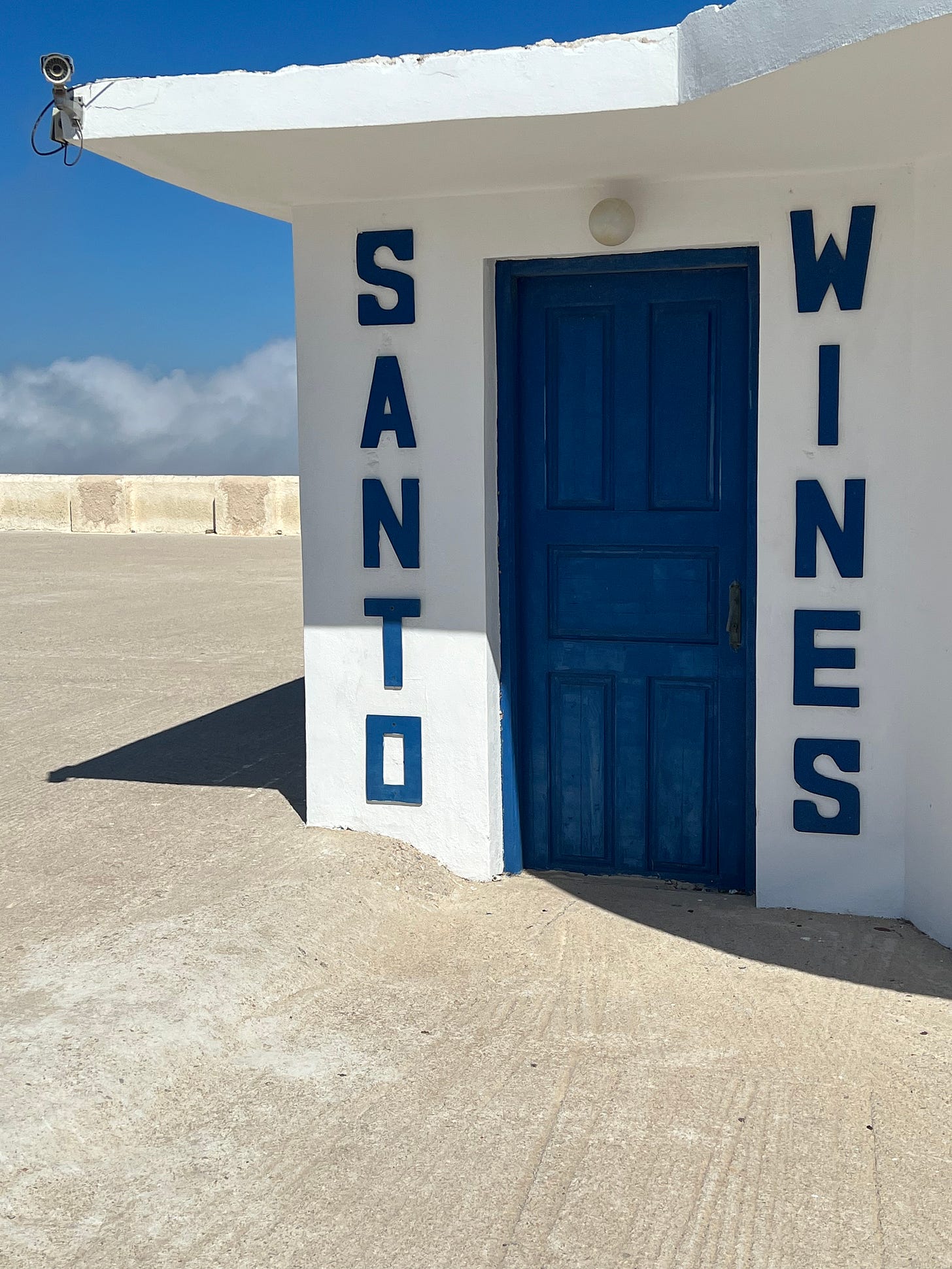
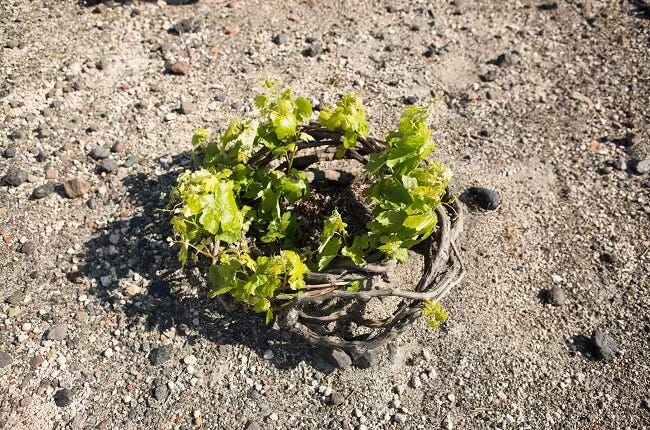
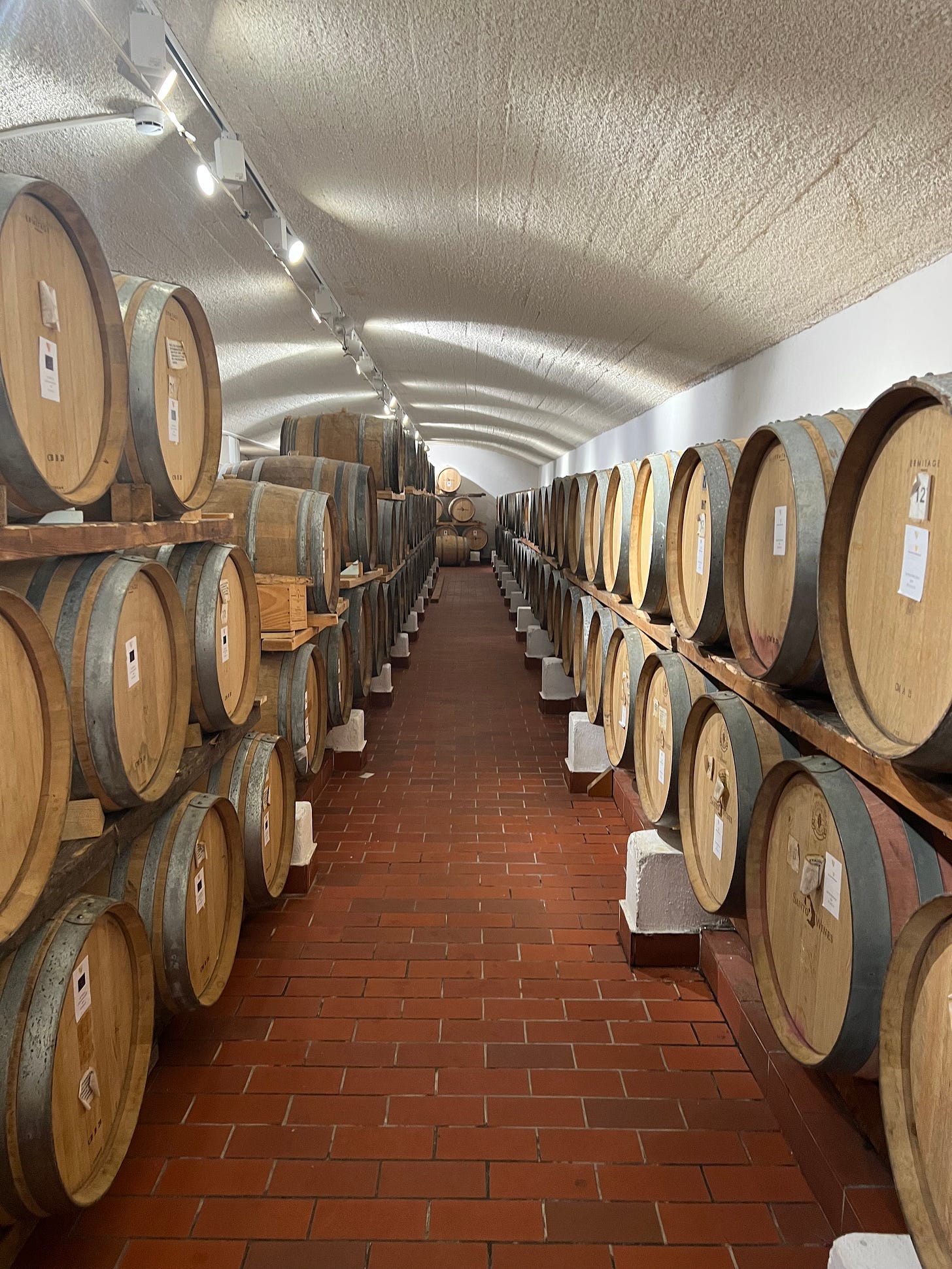
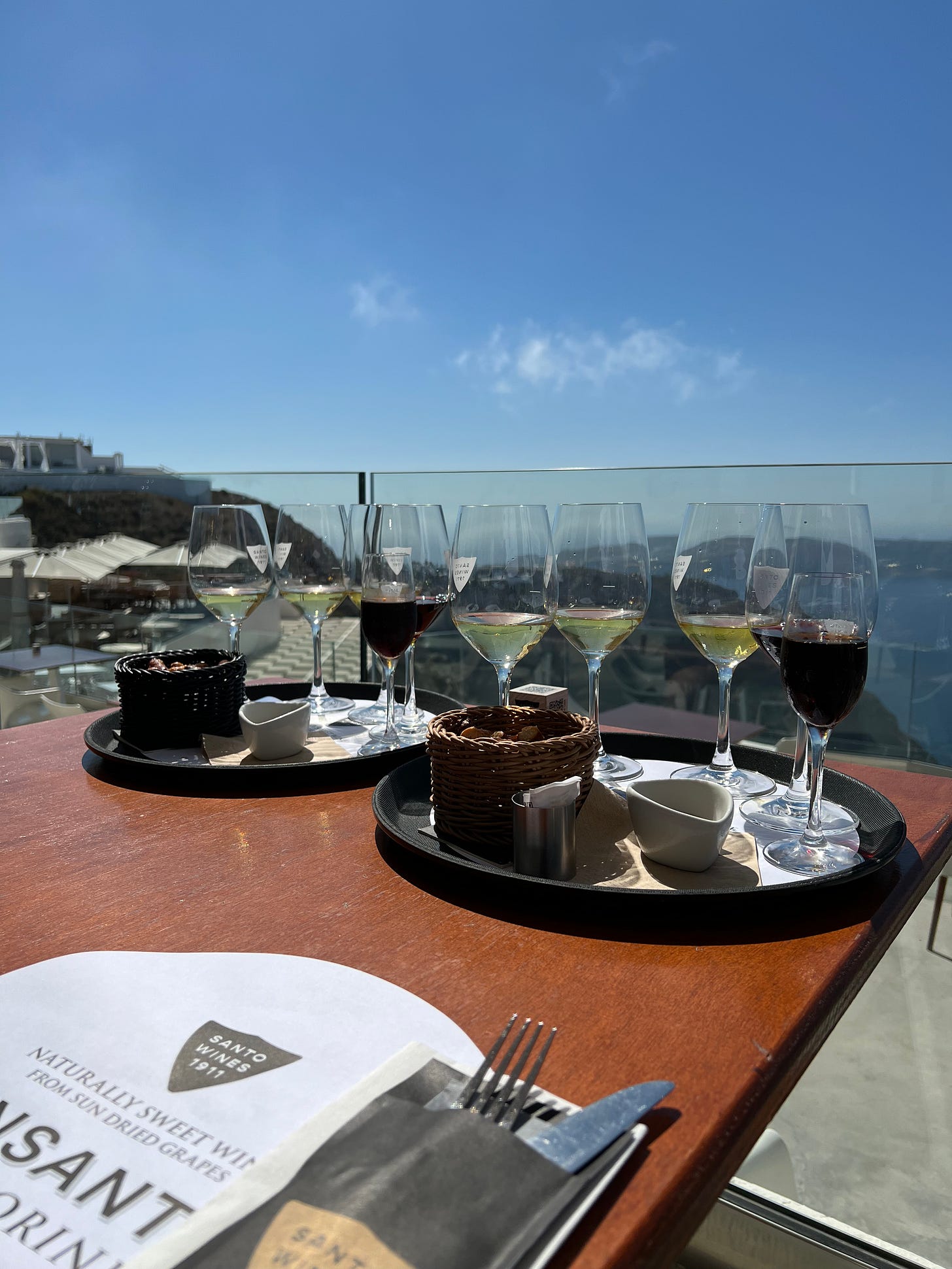
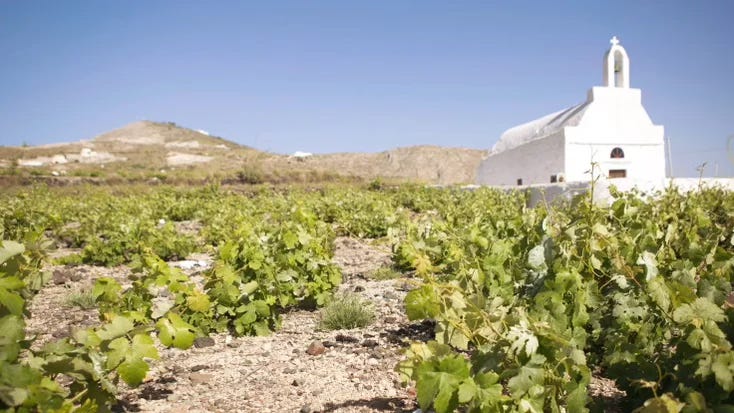
heaven. girls trip next time around??🍷❤️